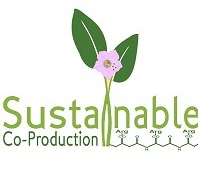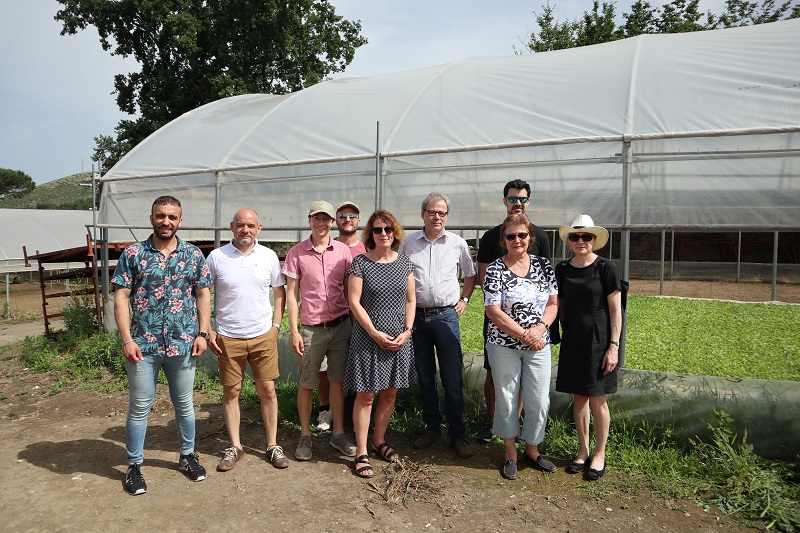


Tobacco as sustainable production platform of the natural biopolymer cyanophycin as co-product to oil and protein

Coordinator: Dr. Carlos Dezar, BIOCERES S.A., SME, Argentina
Consortium:
University of Rostock, Agicultural and environmental faculty, HES, Germany
Wageningen Research Food &Biobased Research, REC, The Netherlands
Idroedil SRL, SME, Italy
Wageningen UR, Social Science Department, HES, The Netherlands
Leuphana University of Lüneburg, Fakultät, Wirtschaftswissenschaften, HES, Germany

Photo source: Antoniya Hauerwaas
Project Abstract
In combining plant and industrial biotechnology by six international partners our project Sustainable co-production aims at increasing the value of commercially grown tobacco with by-products that can sustainably substitute fossil raw materials. Our research goal is the establishment of a new economically feasible production system for the biopolymer cyanophycin (CGP) as a by-product of tobacco without relevant additional costs, which can be adopted by farmers and biotech companies in Argentina. Our results will thus contribute to both, social and ecological sustainability as well as the respective economical implementation of this biotechnology.
Sustainable co-production is funded by the ERA CoBioTech partners: SGCTelp, BMBF, MIUR, NWO and co-funded by the European Union.
Project Start: June 2018 Duration: 36 months
Project Budget: Total Cost: 1.658.000 Euro, Funding: 1.336.000 Euro
Project Website: https://www.sustainable-co-production.com/
Twitter: https://twitter.com/suscopro/following
Facebook: https://www.facebook.com/sustainable.co.production
YouTube: https://www.youtube.com/channel/UCoHPfUoNnoOLRlHWbSHSCBw?view_as=subscriber
____________________________________________
HES – higher education sector – university
REC – research organisation
SME – small and medium-sized enterprise